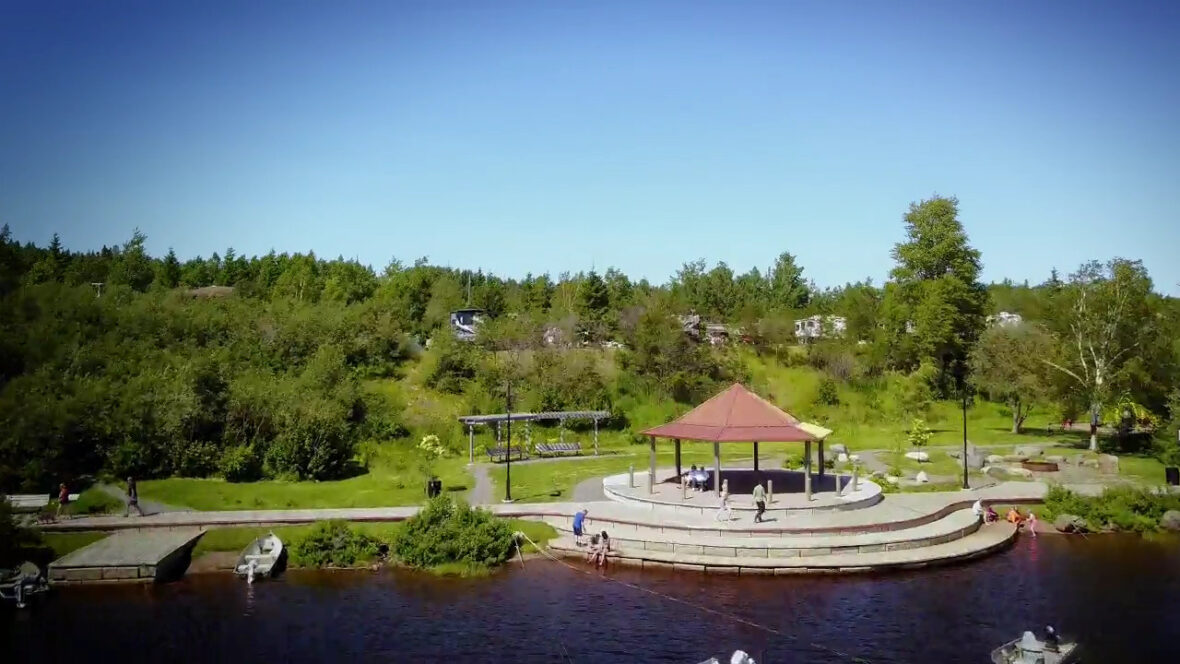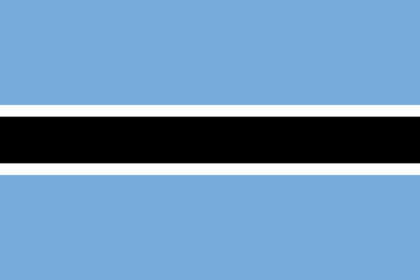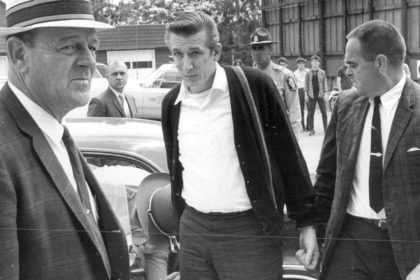Grand Falls-Windsor is a town located in the central region of the island of Newfoundland in the province of Newfoundland and Labrador, Canada, with a population of 14,171 at the 2016 census. Take a look below for 30 fun and awesome facts about Grand Falls-Windsor, Newfoundland and Labrador, Canada.
1. The town is the largest in the central region, the fifth largest in the province, and is home to the annual Exploits Valley Salmon Festival.
2. Grand Falls-Windsor was incorporated in 1991 when the two former towns of Grand Falls and Windsor amalgamated.
3. The town is known as “Qapskuk” in the Mi’kmaq language.
4. In 1768, Lieutenant John Cartwright, while following the Exploits River through the Exploits Valley, named the waterfall he found “Grand Falls”.
5. The land remained undeveloped until 1905, except for the Newfoundland Railway which ran about 4 miles (6.4 km) north of Grand Falls. The railway offered development potential.
6. In 1905, the town of Grand Falls was established as a company town using Garden City principles expounded by Ebenezer Howard.
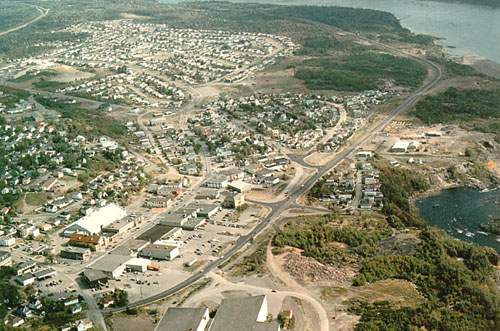
7. Worried about the impending war in Europe, Alfred Harmsworth (Baron Northcliffe) began looking for an alternative source of newsprint for his family’s newspaper and publishing business. During their search for a suitable location to build and operate a pulp and paper mill, Harold Harmsworth and Mayson Beeton, son of Isabella Beeton, the author of Mrs Beeton’s Book of Household Management, discovered Grand Falls.
8. The site had great potential due to access to lumber, the possibility of hydroelectricity and a deep-water port available in nearby Botwood.
9. On January 7, 1905, the Harmsworths and Robert Gillespie Reid, owner of the Newfoundland Railway, formed the Anglo-Newfoundland Development Company, and the mill was constructed and opened on October 9, 1909. The first roll of salable newsprint was not produced until December 22, 1909.
10. Workers came from throughout the colony and the world to help develop the new area. At that time, only employees of the mill and workers from private businesses were permitted to live in Grand Falls. Other people settled north of the railway in a shack town known as Grand Falls Station, which became Windsor, named for the Canadian Royal Family.
11. The Anglo Newfoundland Development Company, owners of the town, catered to the social and athletic needs of the people living there. The Grand Falls Athletic Club was formed in 1907.
12. Sports such as hockey, boxing, golf, soccer and baseball were played in the area. Increasing interest in music and the arts reflected in the creation of several clubs, including The Andophians, The Exploits Amateur Theatre Company, the Northcliffe Drama Club (1951) and Another Newfoundland Drama Company Inc. (A.N.D. Company Inc.) (1998).
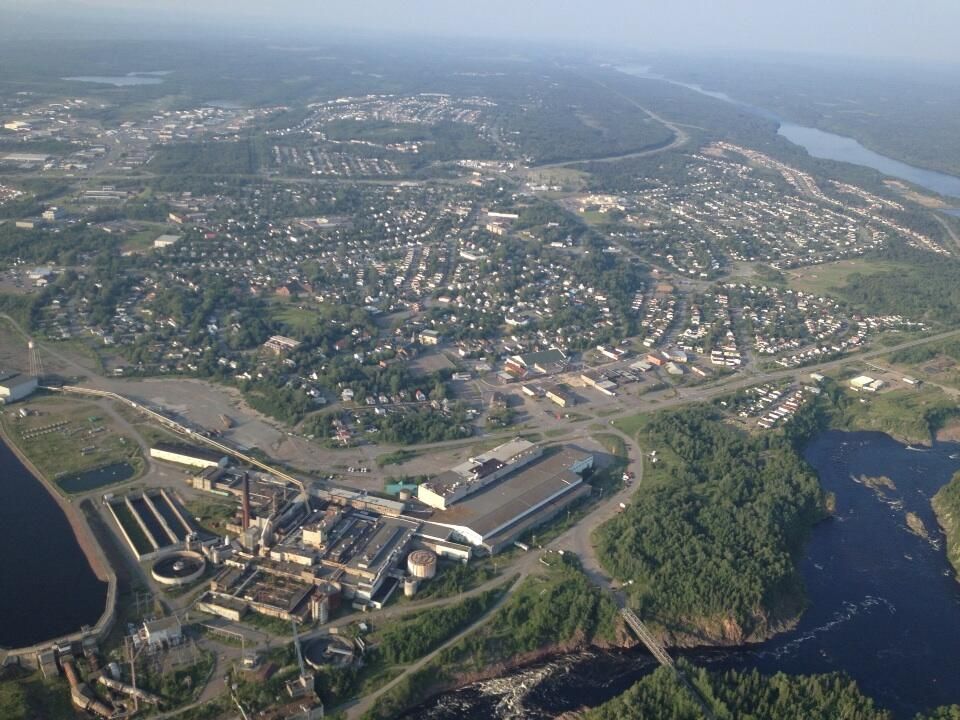
13. Several musical groups were formed. From 1905–1906, the religious needs of the residents were filled by visiting clergy. However, because of the increasing population of Grand Falls, several churches were built.
14. Due to its continued growth, Grand Falls Station became a vibrant town. Main Street, in what is now the former town of Windsor, featured lines of small business that catered to the needs of the residents and the town was officially incorporated on November 1, 1938.
15. During the incorporation, Grand Falls Station changed its name to Windsor in honour of the British Royal Family, the House of Windsor.
16. In 1961, Price Brothers and Company Limited acquired a large amount of A.N.D. Company stock. An election for the first municipal government was soon held which eventually led to the incorporation of the town of Grand Falls. In 1988, the town took the title of the World Forestry Capital briefly. Finally, in 1991, the towns of Grand Falls and Windsor voted to amalgamate, becoming the current town of Grand Falls-Windsor. The AbitibiBowater pulp and paper mill closed in 2009.
17. In 1998, the Texas Vampires scandal occurred in the town, leading to the inception of the Newfoundland Health Research Ethics Authority.
18. Today, the 2nd Battalion of the Royal Newfoundland Regiment, part of the 5th Canadian Division is stationed in the town.
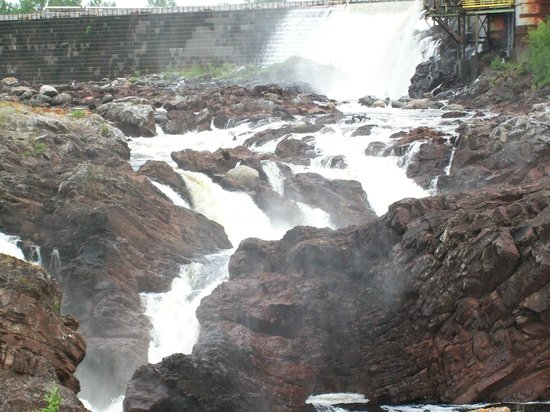
19. The Town located centrally on the island of Newfoundland. It is approximately an hour west of Gander, two and a half hours west of Clarenville and about four hours west of St. John’s. On the other hand, the town is slightly over two hours east of Deer Lake, two hours and forty-five minutes east of Corner Brook and close to five hours east of Port Aux Basques, when traveling on the Newfoundland and Labrador Route 1, part of the Trans-Canada Highway.
20. The town itself consists of the former towns of Grand Falls and Windsor.
21. The Newfoundland and Labrador Route 1 runs through the middle of town, with exits for Main Street, Station Road, Cromer Avenue, Union Street, Grenfell Heights and New Bay Road. Main thoroughfares in the town include Lincoln Road, Cromer Avenue, Main Street, High Street, and Scott Avenue, though this list is not exhaustive.
22. Grand Falls-Windsor has a humid continental climate (Koppen: Dfb), its classification being similar to the remainder of Newfoundland.
23. Due to its farther inland position than most localities the influence of the Atlantic Ocean and its moderation is less prevalent, rendering the warmest summers on the island. Winter lows are also more extreme than in St. John’s and Corner Brook, although swings are very moderate when compared to areas on similar latitudes in continental Canada.
24. On December 4, 2008, Abitibi Bowater released a statement concerning imminent closure of the pulp and paper mill in Grand Falls-Windsor, representing a cutback of 205 000 tons of paper. The mill produced its last roll of newsprint on February 12, 2009.
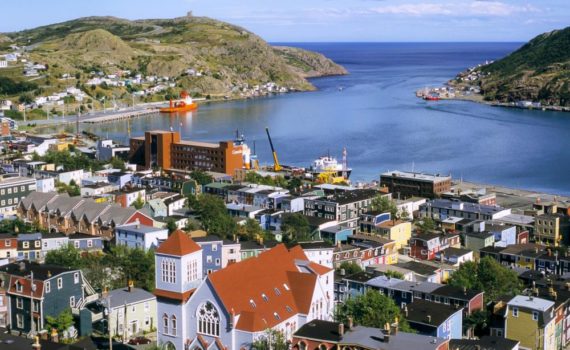
25. The closure was effected due to exchange rate volatility, energy, and fiber pricing, as well as structural challenges in the North American newsprint industry. At the time of closure, the paper mill was the second largest employer of the town. From 2016 to 2017, the mill was completely demolished.
26. Like most other communities in Newfoundland and Labrador, Grand Falls-Windsor has suffered from out-migration. However, the town endures as the service centre for all of Central Newfoundland. Despite the mill closure, businesses continue to grow in the community. Central Health is the largest employer in the town.
27. Post-secondary training is available at the College of the North Atlantic, a community college formed in 1977.
28. The town is within the Health and Community Services Central Region.
29. The nearest airport is the Central Newfoundland Airstrip in Bishop’s Falls which is used for hospital medical airlift transports and some private small aircraft. The nearest international airport is Gander International Airport, approximately 100 km east of Grand Falls-Windsor. There is a public heliport, Grand Falls-Windsor Heliport operated by the town.
30. The town has two hockey teams, the senior team, Grand Falls-Windsor Cataracts and the Grand Falls-Windsor Blades. The Cataracts won the 2017 Allan Cup, symbolic of Senior Hockey supremacy in Canada.

